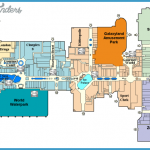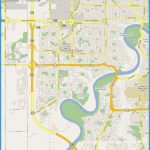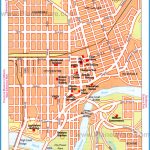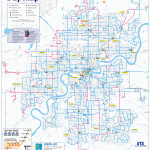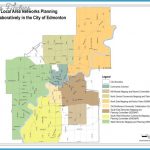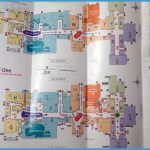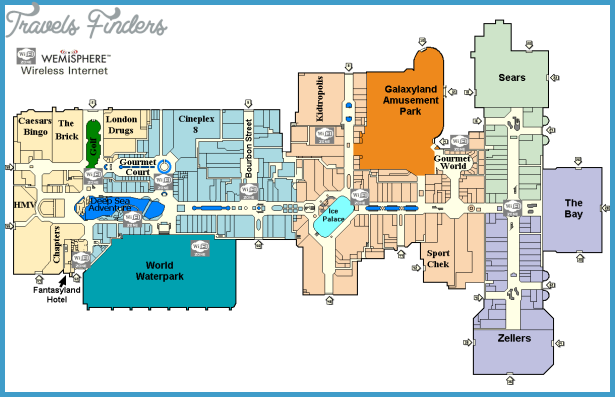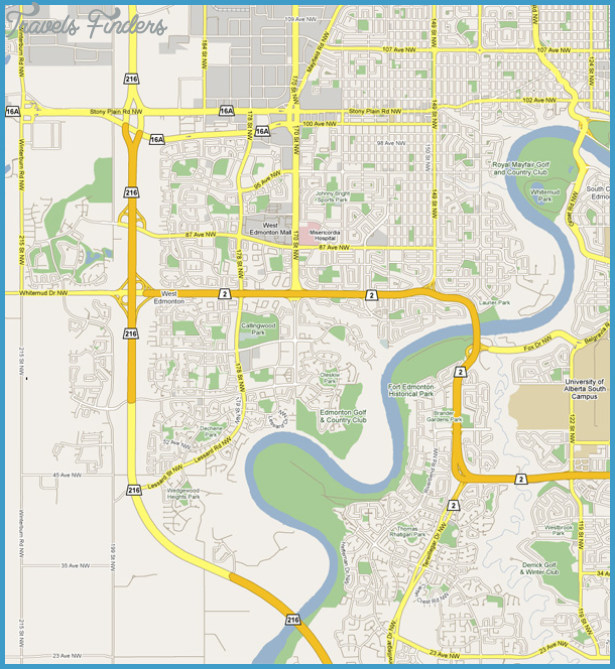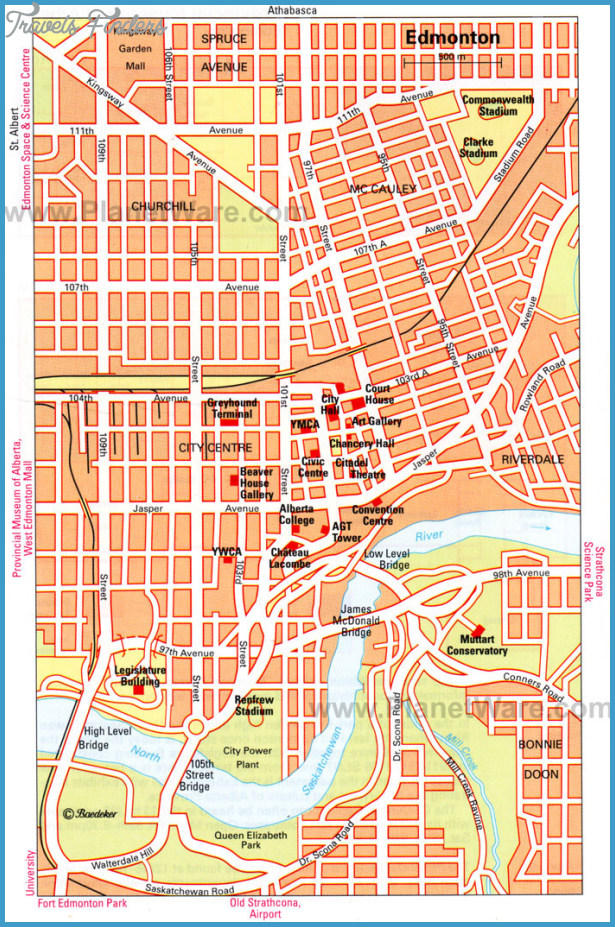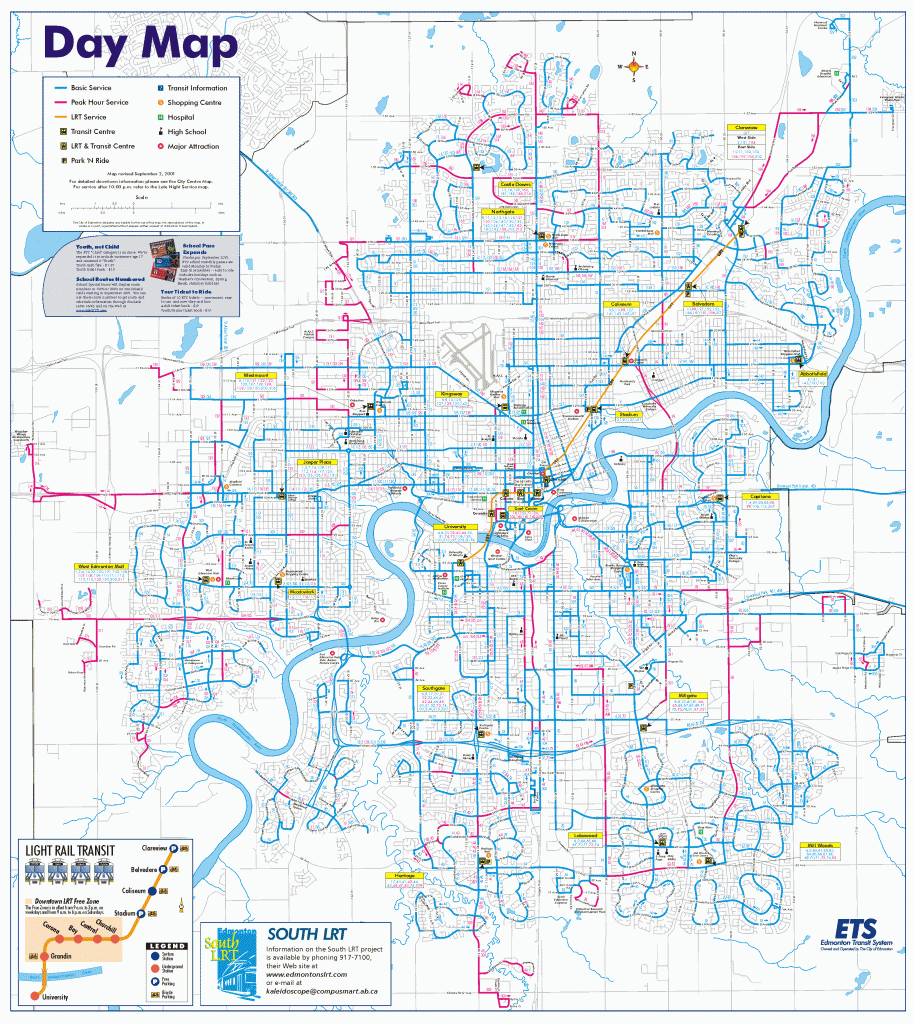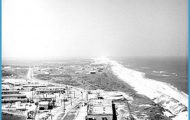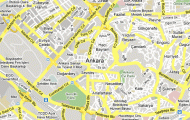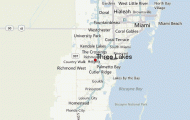WEST OF EDMONTON MAP
Go west! Edmontonians’ tendency to make a beeline for the mountains when heading west is a natural impulse, but an unfortunate one as well. It is common among many residents of major cities: they neglect to enjoy the pleasures near their own backyards in favour of more distant and dramatic landscapes. It is also unnecessary, for in less than 30 minutes, anyone leaving the outskirts of Edmonton’s west end can experience an area rich in recreational opportunities for both outdoor enthusiasts and those who want to explore prairie history and culture.
The tri-municipal area of Spruce Grove, Stony Plain, and Parkland County is dotted with rolling hills, pot-hole lakes, beaches, and woodlands. Groves of aspen and spruce alternate with farmers’ fields where wheat, oats, barley, canola, and alfalfa thrive in the rich black chernozemic soil. It is not uncommon to see whitetail and mule deer grazing, a coyote loping across a field, or a fox hunting mice in the ditch. Land owners sometimes report moose bedding down on their lawns, and hikers on local trails may spot one of these aptly nicknamed swamp donkeys. Porcupines and Richardson’s ground squirrels often try to cross highways, overconfident with a seeming sense of immortality. Redtailed hawks circle above or perch on fence posts, missing none of the activity around them The first stop on this day trip through Parkland County will especially appeal to anyone who enjoys natural history. Wagner Bog is a preservation area, set aside for its unique habitat of rare plants and the presence of birds not seen in other parts of Alberta. Onward to the city of Spruce Grove, you will find more opportunities for hiking, as well as a chance to visit the Bee Maid Honey processing plant. Here you can see first-hand how honey gets from the farm to your table. The next stop takes you to Stony Plain, the town with the painted past. A stroll down its main street presents larger-than-life murals illustrating the joys and struggles of the early pioneers. Museums bristle with artifacts, while a demonstration farm within town limits provides an up-close experience of agriculture.
SIMPLE SUMMER FAMILY DAY TRIP Total driving time: about 2 hours and 35 minutes if going to Pembina, or 2 hours and 15 minutes if choosing Alberta Beach.
Start a pleasant day with your family by heading west to the Wagner Natural Area to walk the easy one-hour looping trail through this unique habitat. Return to Hwy 16 and stop in Spruce Grove to tour the Alberta Honey Producers Co-op on a weekday or Heritage Grove Park , where you’ll find a splash area and access to beautiful woodland trails.
When lunchtime comes around, consider visiting the 1950s-style Jack’s Drive-In, a local landmark that locals describe as the place to find the best burgers, and ice cream made with real cream (123 First Avenue, parallel with Hwy 16A). Another great choice is Docherty’s Fish ‘n Chips & Wee Pub (309 McLeod Avenue).
Continue west to Stony Plain and pull into Rotary Park and Tourist Information, where you will find a train caboose, playground, pond, gazebo, and picnic tables. Your next stop will take you to the Multicultural Heritage Centre and Oppertshauser House . You can browse artifacts, visit the general store, and stroll around the award-winning grounds. If you have room for dessert, the Homesteader’s Kitchen (open daily, 11:30 a.m. to 4:00 p.m.) is well appreciated for its selection of pies. After your pie, a stroll around town to view the giant murals will feel great!
If you’re looking to cool off on a hot day, head to Pembina River Provincial Park for rock hunting and tubing down the river, or stop at Alberta Beach on Lac Ste. Anne for sandcastles and swimming in the warm, shallow water. Plan to have a picnic supper at either of these two locations before heading home.
Leaving Stony Plain in pursuit of outdoor recreation can take you in many different directions. You may choose lakes for swimming, lakes for boating, or lakes with elaborate trail systems along their shores. With so many recreational areas, it will take more than one day trip to experience all this region has to offer.
Continuing west will take you through to Wabamun Lake, where year-round open water attracts birds and other wildlife. The Pembina River tempts water lovers and fossil hunters, while Lac Ste. Anne draws both the beach crowd and those interested in the annual spiritual pilgrimage that draws thousands to its shores every July. Pigeon Lake also offers a mix of recreational and historical sites, where missionaries and Aboriginal people came together in settlements on the lake’s shores.
South and west of Edmonton you can discover the history of North America’s largest oil field and how it changed Alberta communities like Drayton Valley. The construction of the railway also had a significant influence on Alberta’s first settlements. You will see the tracks necessitated by the iron horse in more than one community.
Toward Edson fields alternating with aspen give way to large stands of lodgepole pine, which increase opportunities to view wildlife and enjoy wilderness settings. Edson is one of the largest towns in Alberta and experiences some of the province’s heaviest traffic flow, with about 10,000 vehicles passing through daily.
The drive to Mayerthorpe and Whitecourt gives one the feeling of travelling to communities less influenced by Edmonton’s proximity. Both towns are launching points for those interested in excellent fishing, boating, water-skiing, swimming, and sailing. You can see an old trapper cabin or learn how the forestry industry operates. Mayerthorpe is the northern link of the 735-kilometre Cowboy Trail, which extends from Cardston to Mayerthorpe. The trail defines the area that drew both Aboriginal people and European settlers. Rich with western art, culture, and hospitality, the Cowboy Trail includes three communities in the day-trip zone west of Edmonton.
For more information:
Drayton Valley & Area 1-800-633-0899; www.brazeautourismca
Evansburg/Entwistle www.partnersonthepembina.com
Mayerthorpe 780-786-2416; www.mayerthorpe.ca

